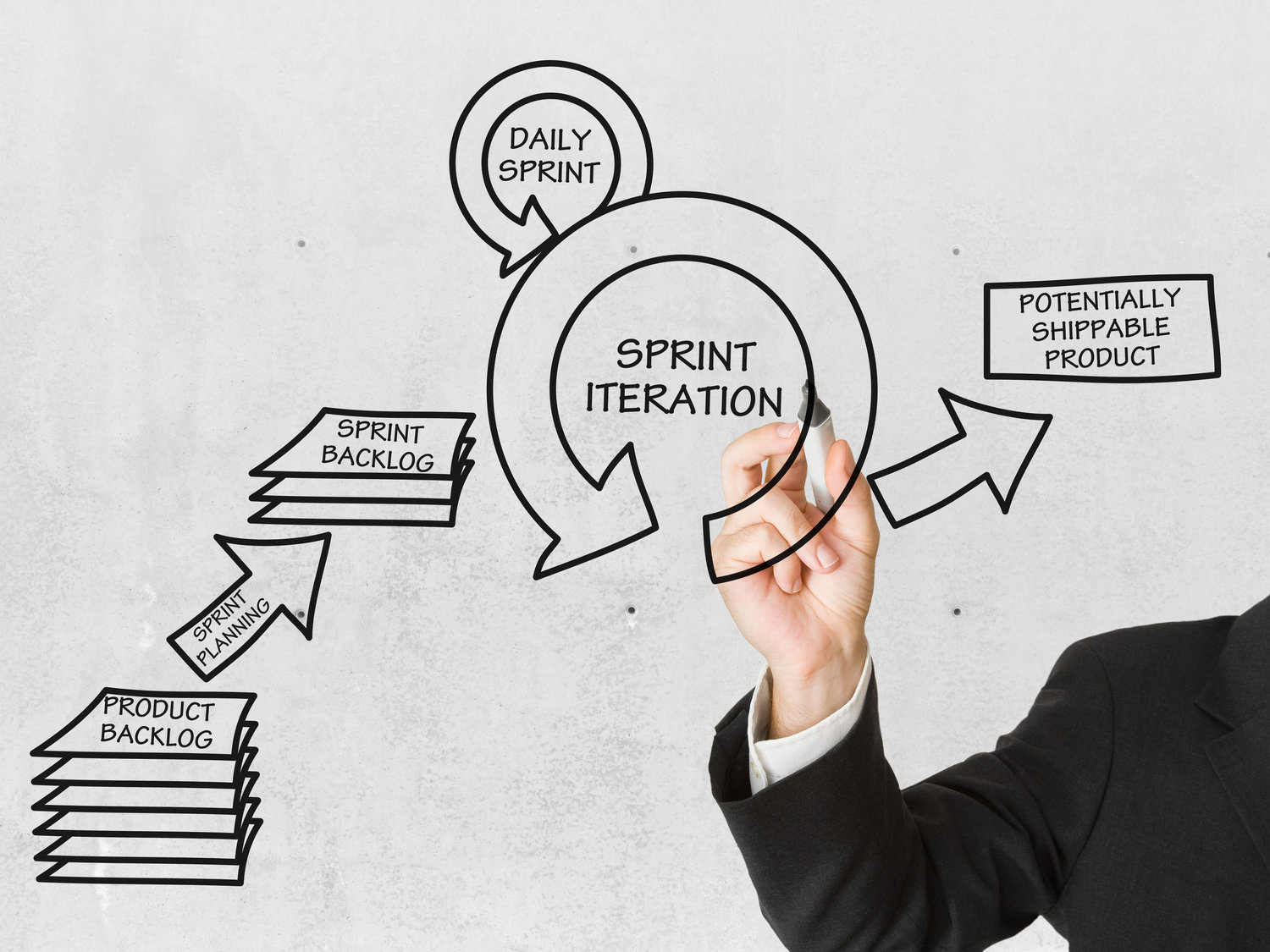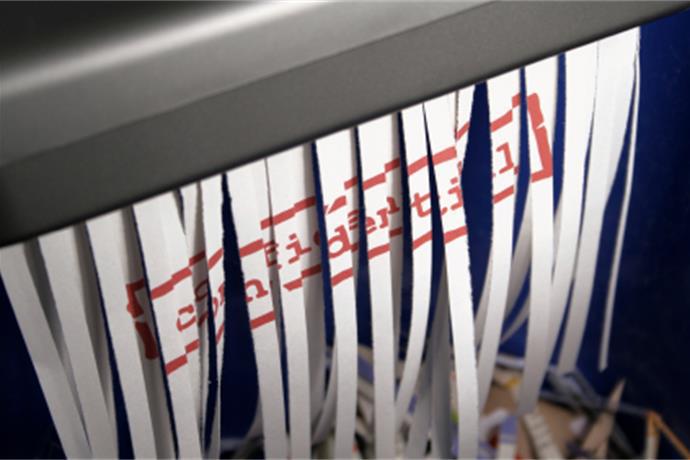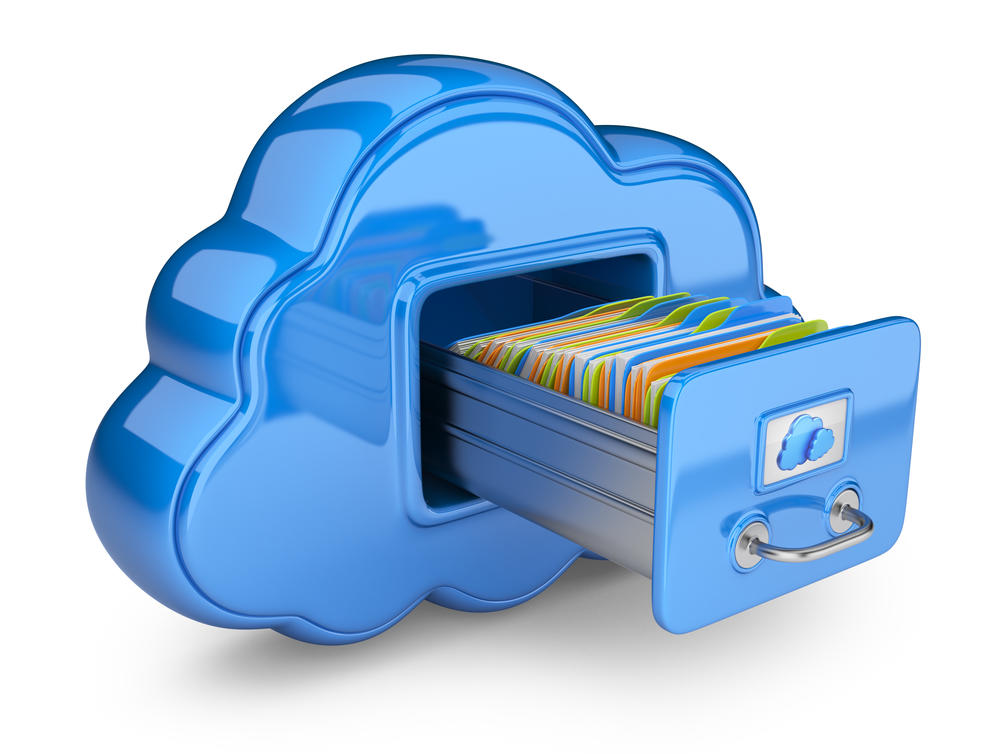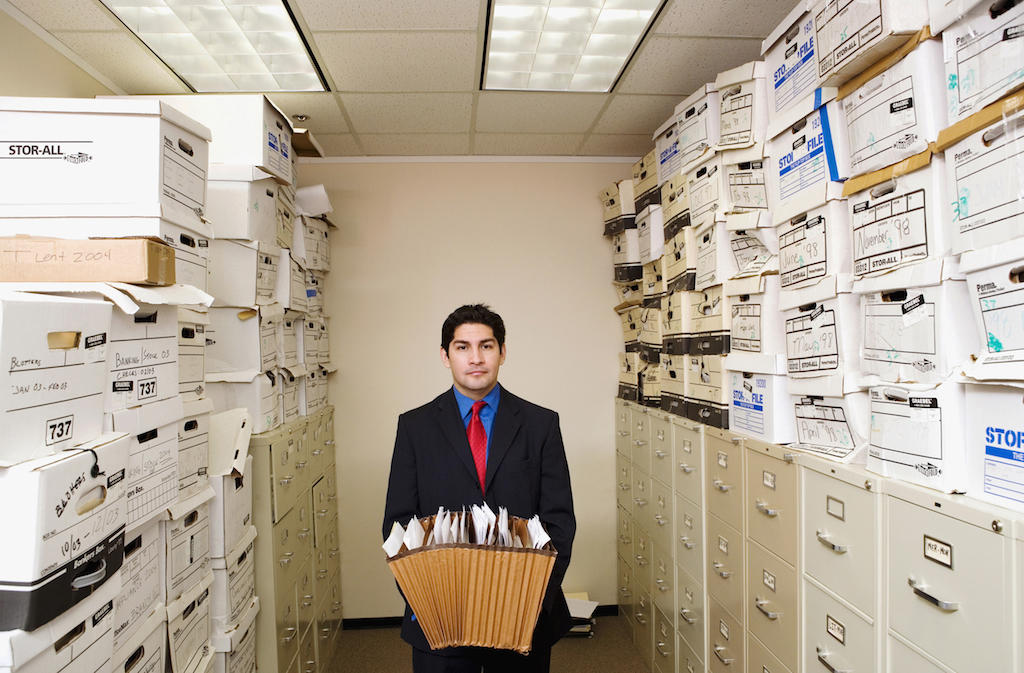An Accounting System Implementation - Overview
November 18, 2015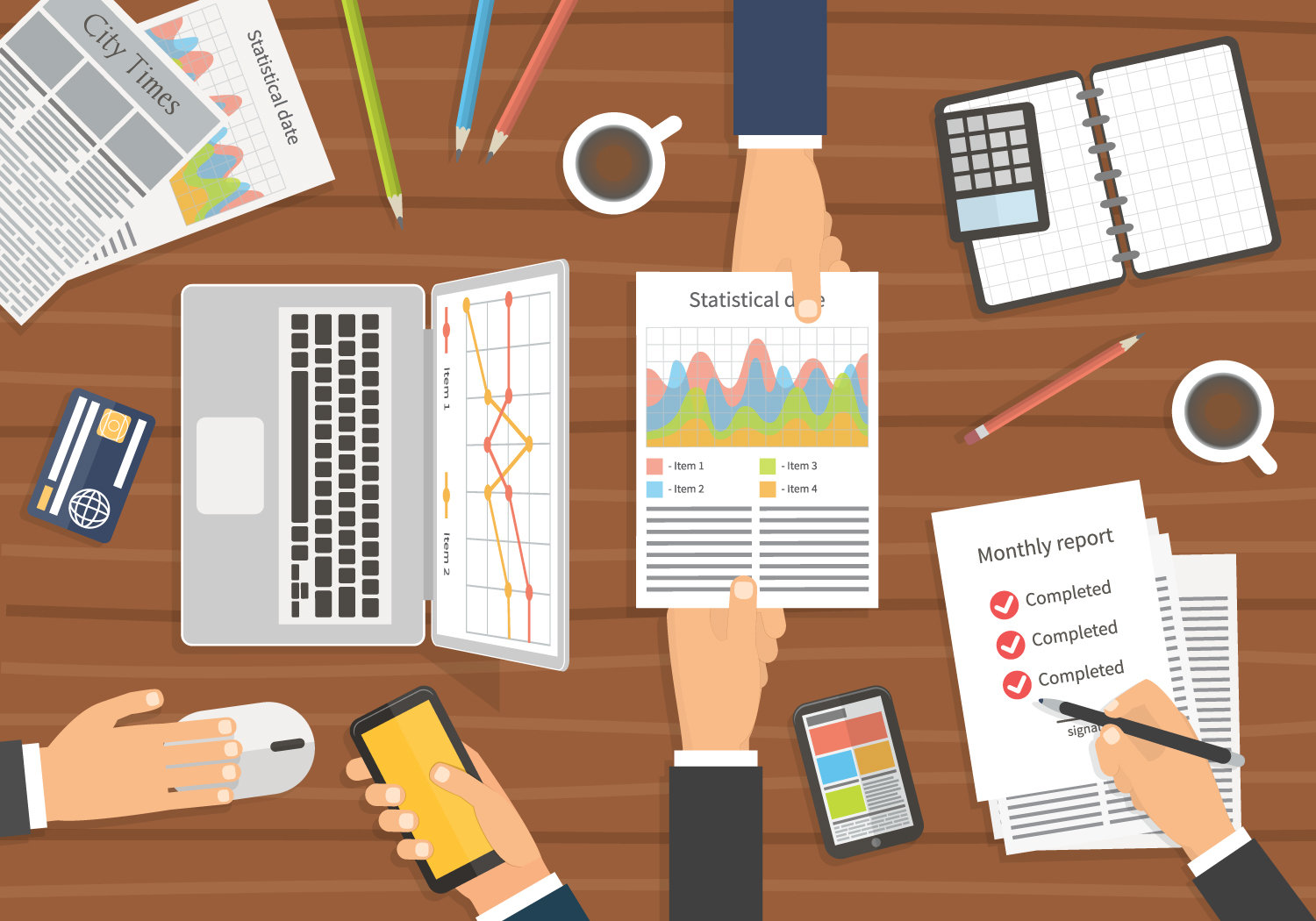
An accounting system is a collection of interrelated processes designed to accumulate, organize, and report on an organization’s transactions. The ultimate goal of an accounting system is to generate reports based on this information to support management decision making. These reports help management make well-informed decisions.
In order to integrate a new and effective accounting system into an organization it must go through a process referred to as an “implementation.” An implementation involves a series of steps that begins with a plan and ends with the achievement of a “go live” milestone.
The following list of steps is a conceptual overview of the implementation process for a generic organization. Various factors, such as the expertise of an organization’s IT department or the organization’s available resources, will influence the design and the related implementation steps required to achieve the go-live plan.
Project Plan
An implementation should begin with a project plan. The plan can be written in Microsoft Project format. The plan should list all milestones, the related timeline, and the resources required to get from the beginning to the end of the implementation.
Project Manager
An individual should be designated as the implementation’s project manager. It can be beneficial to the overall process for the project manager to come from the ranks of the end-user community to avoid the perception that the new system is being crammed down the user community’s throat.
The project manager will be responsible for managing the implementation team. It is recommended that the implementation team be comprised of stakeholders who come from cross-functional areas within the organization. This way, the process will include individuals that are representative of the areas that have a vested interest in the new system.
Data Conversion Plan (Mapping)
An implementation needs to take into account whether or not data from the existing accounting system needs to be converted into a format that is compatible with the new accounting system. Depending on the system “coming from” and the system “migrating to,” the data conversion process could be relatively simple or complex. Data mapping is an element of the conversion process.
Conference Room Pilot
The implementation can include a Conference Room Pilot (“CRP”). A CRP is an essential step in the implementation. The purpose of the CRP is to expose managers and power users in attendance to the functionality of the new system and identify opportunities as well as limitations of the transaction processing in the new system compared to the transaction processing of the old system. In some cases, users will have to adapt to the new system and in other cases the new system might have to be modified. During the CRP opportunities for process improvement are frequently identified.
Application Configuration
At the conclusion of the CRP there may be a determination that one or more of the applications in the new system (Accounts Payable, General Accounting, etc.) needs to be modified to better facilitate the processing of the organization’s transactions. On the other hand, the CRP might reveal opportunities for process improvements.
Reports (Custom Reports)
As mentioned earlier, one of the expectations of a new accounting system is to generate reports to assist management with the decision making process. A common difficulty (“opportunity”) encountered in an implementation is the ability to satisfy users who request that the system provide reports that are exactly the same as the reports users are already accustomed to. Frequently, in order to satisfy this request, custom reports will have to be created.
Training
Training on how to use the new system is an investment of resources that needs to take place both before and after the go-live. Management should recognize that certain processes, such as the monthly close of the accounting books, might take longer because of the ramp-up speed with a relatively unfamiliar system. Hopefully, the investment in training will mitigate this slow-down.

